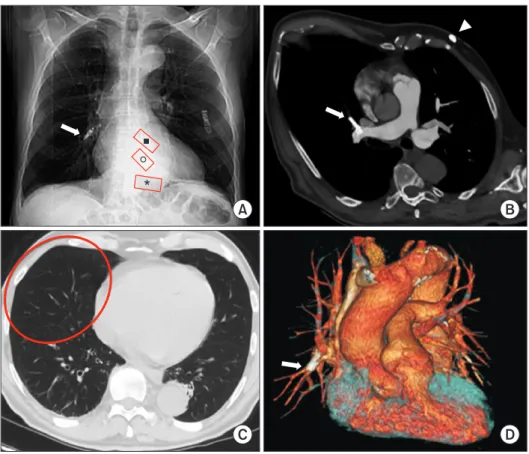관련 문서
Nonlinear Optics Lab...
The first time you access to the viewer page, the client viewer software is automatically downloaded and installed in order to allow the user to view the MPEG4 video images of
Images that are required to be recorded include the upper esophagus, middle esophagus, lower esophagus, GEJ, front and reverse images of the fundus, front and reverse images
웹 표준을 지원하는 플랫폼에서 큰 수정없이 실행 가능함 패키징을 통해 다양한 기기를 위한 앱을 작성할 수 있음 네이티브 앱과
_____ culture appears to be attractive (도시의) to the
이하선의 실질 속에서 하악경의 후내측에서 나와 하악지의 내측면을 따라 앞으로 간다. (귀밑샘 부위에서 갈라져 나와
If the volume of the system is increased at constant temperature, there should be no change in internal energy: since temperature remains constant, the kinetic
□ Heat is defined as transferred energy dew to temperature differences through boundary.. - Conduction by molecular
